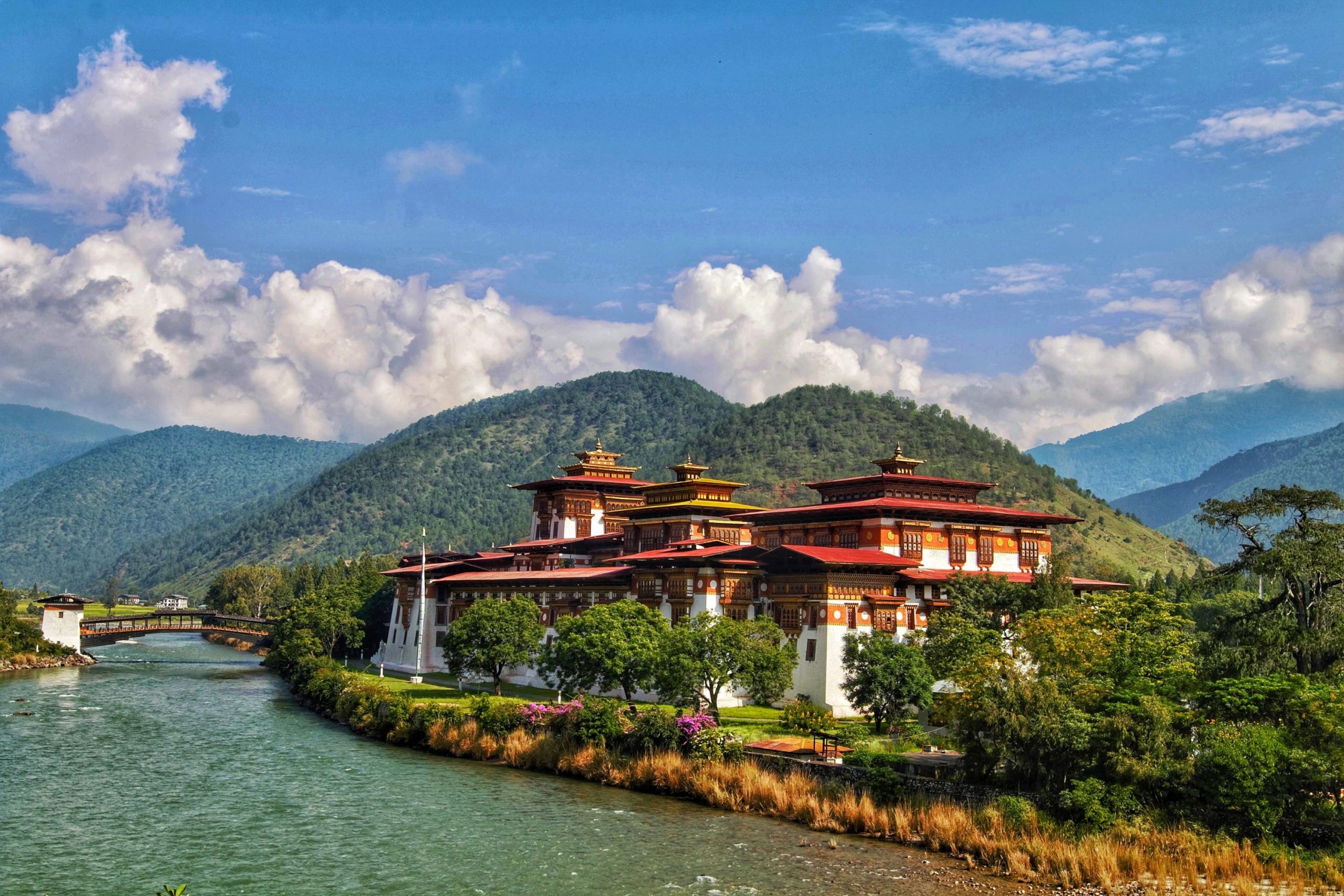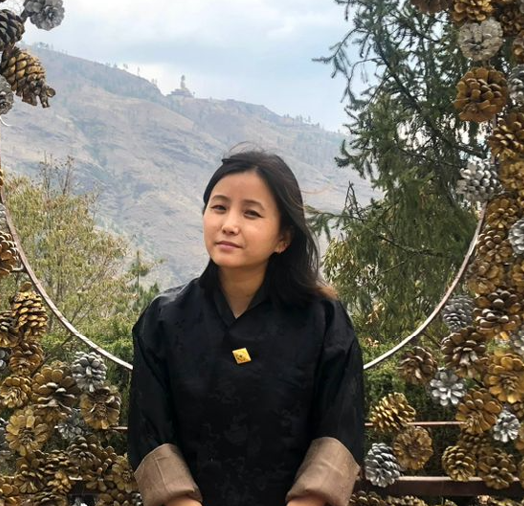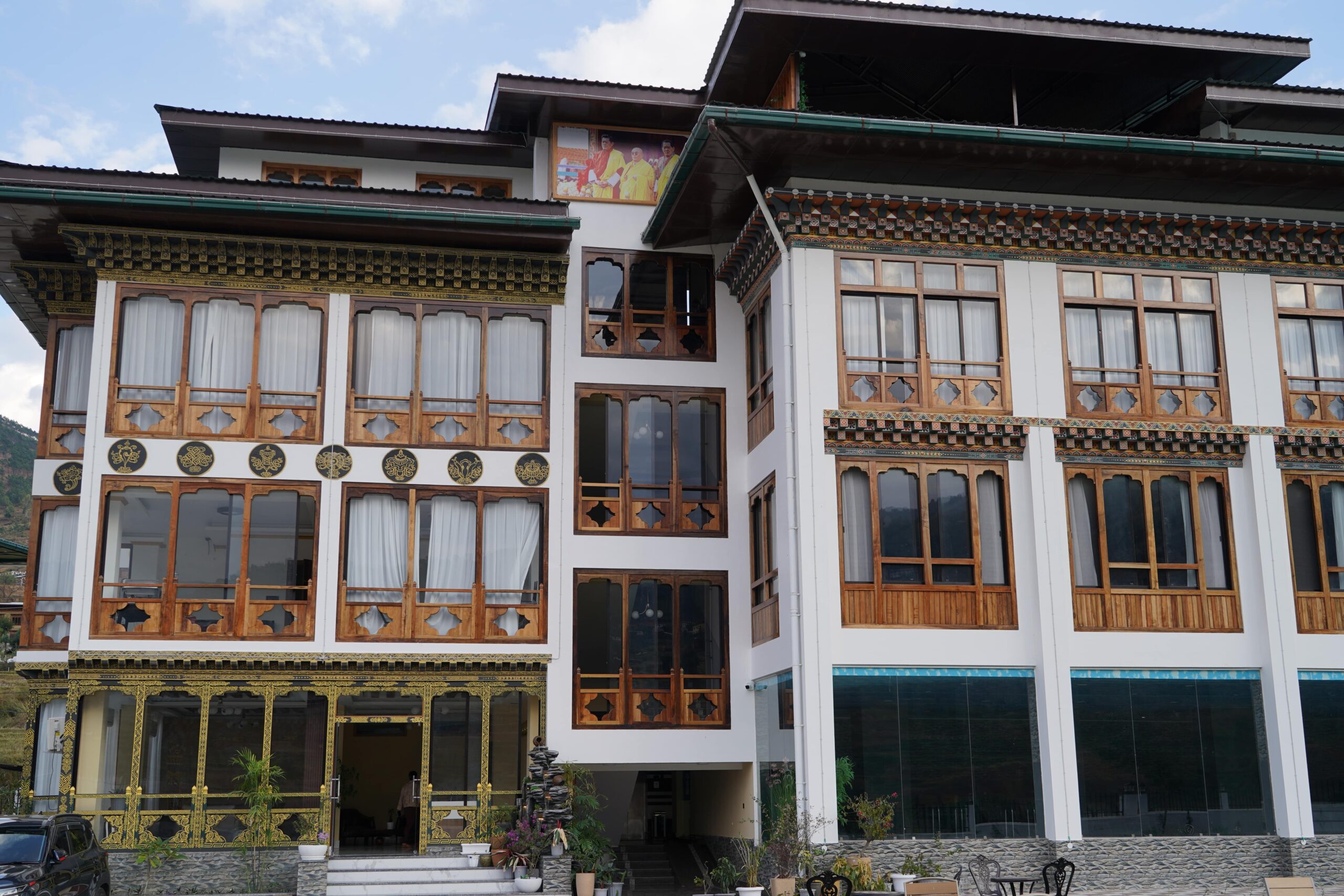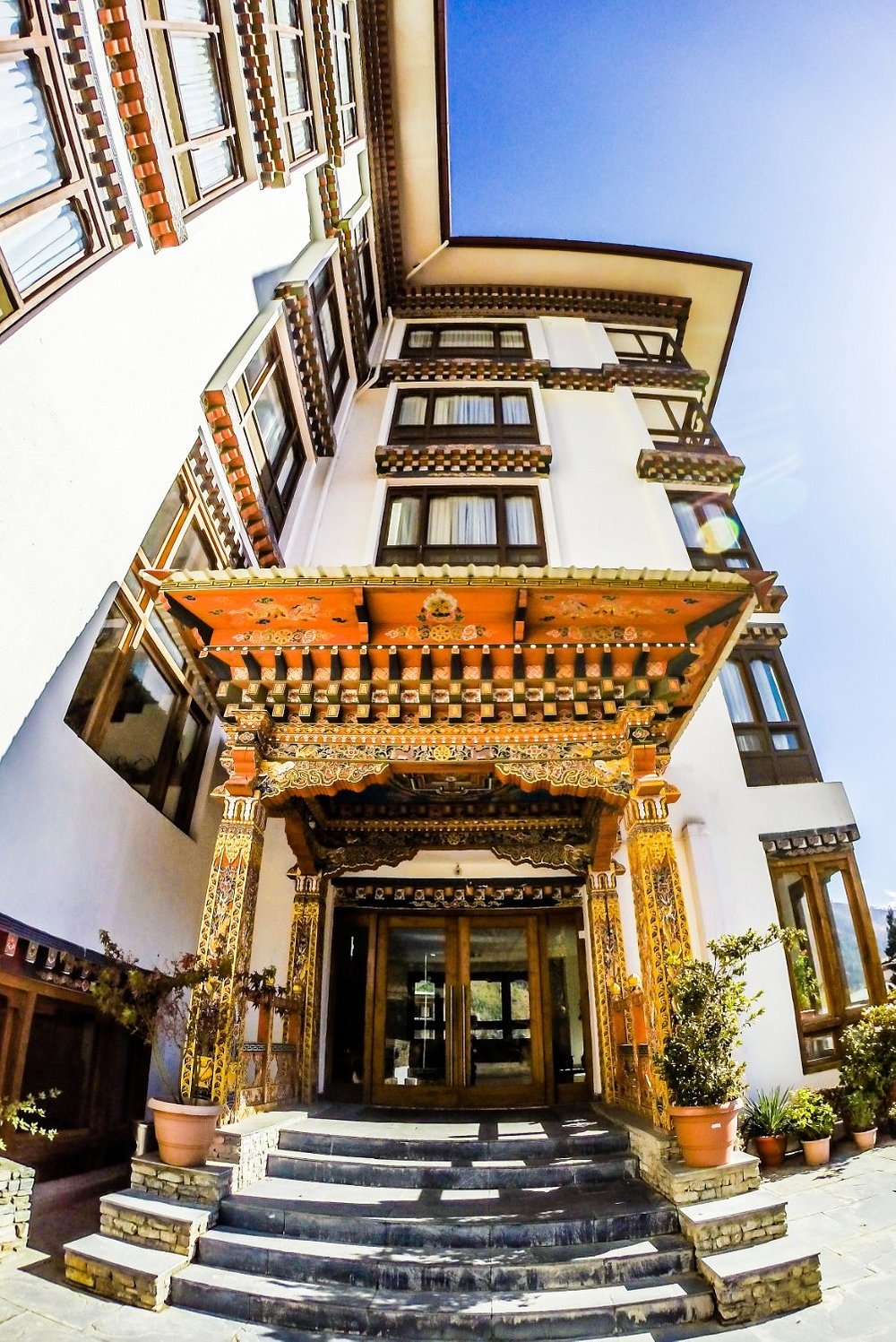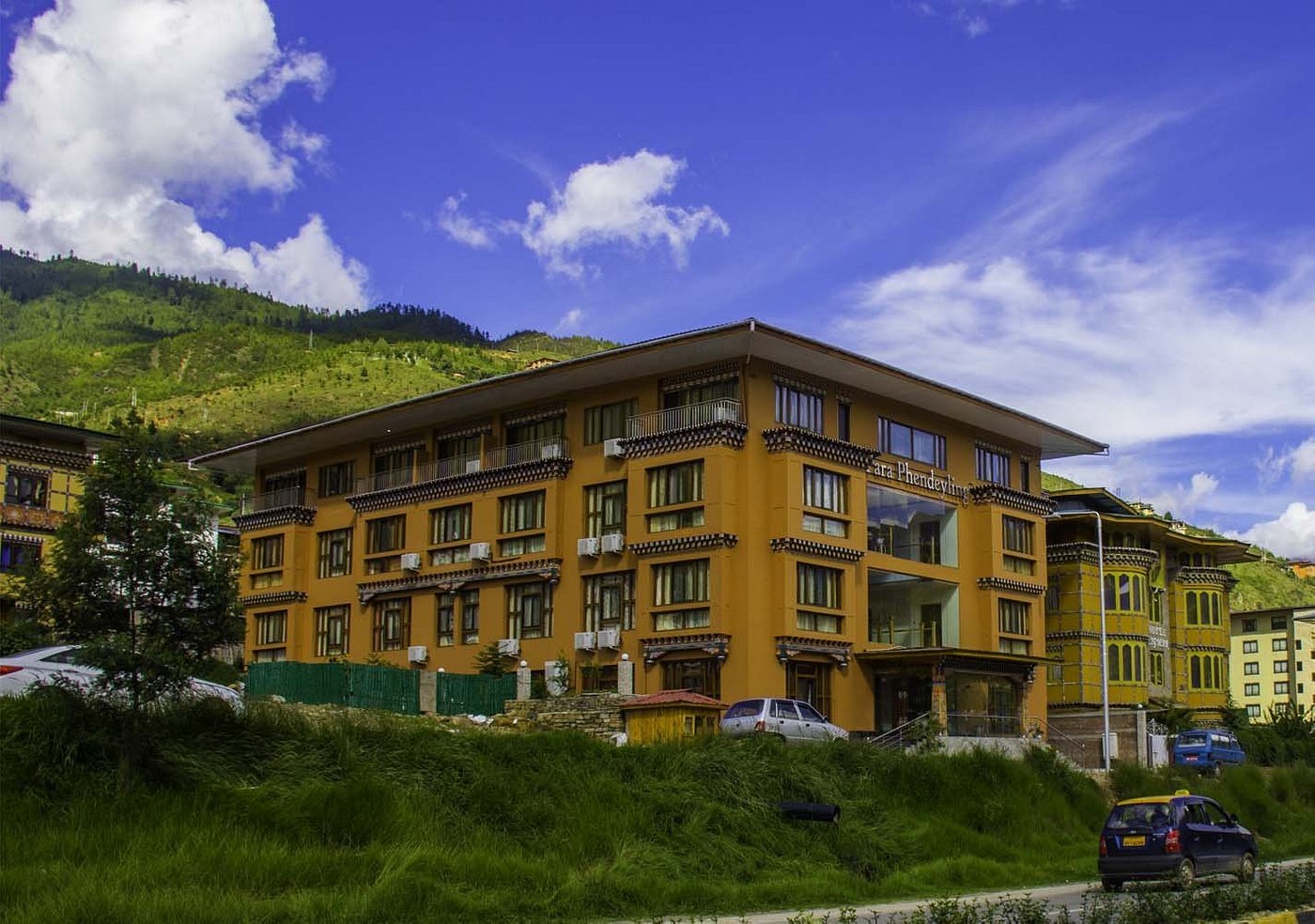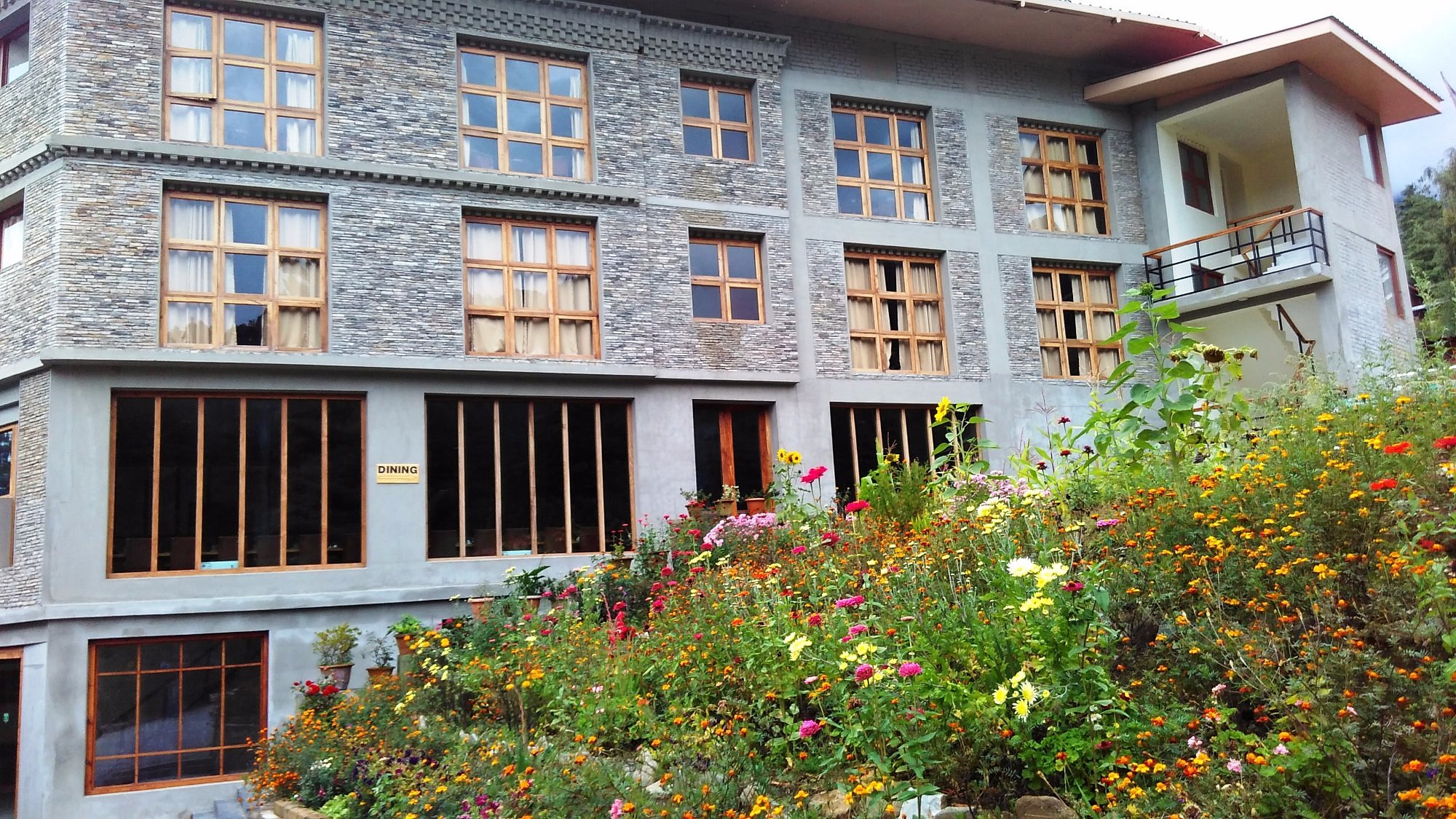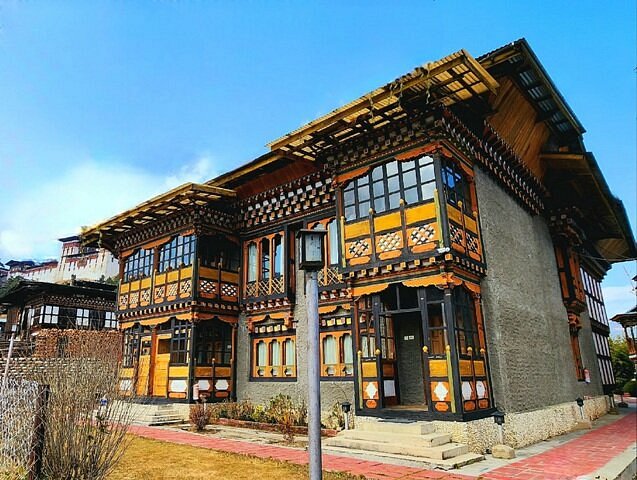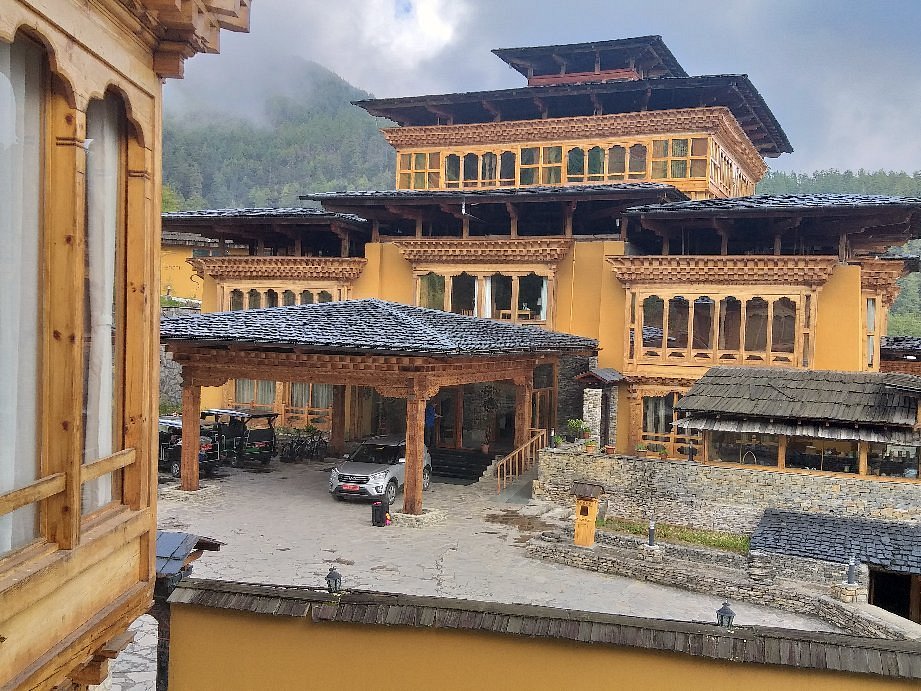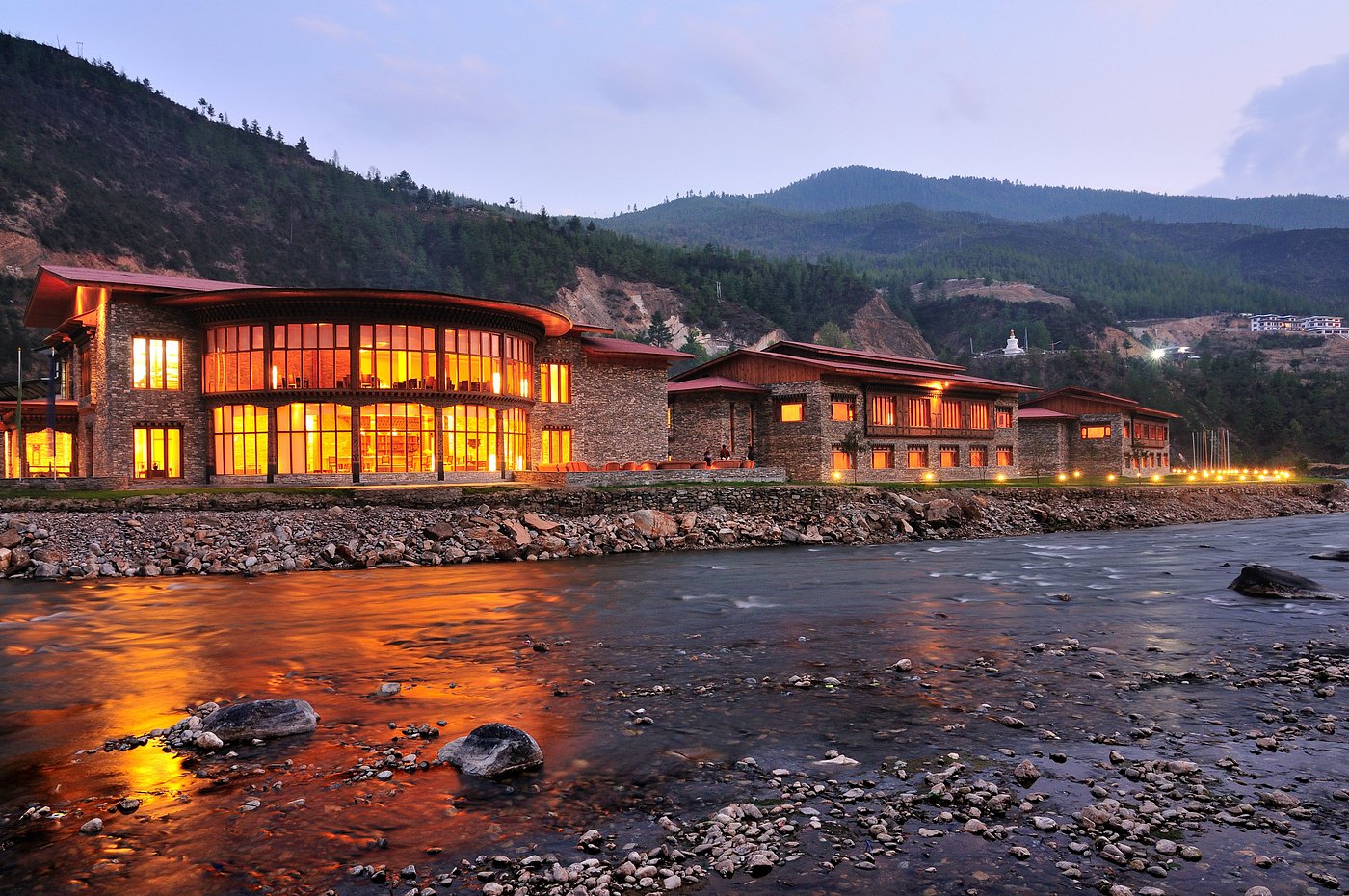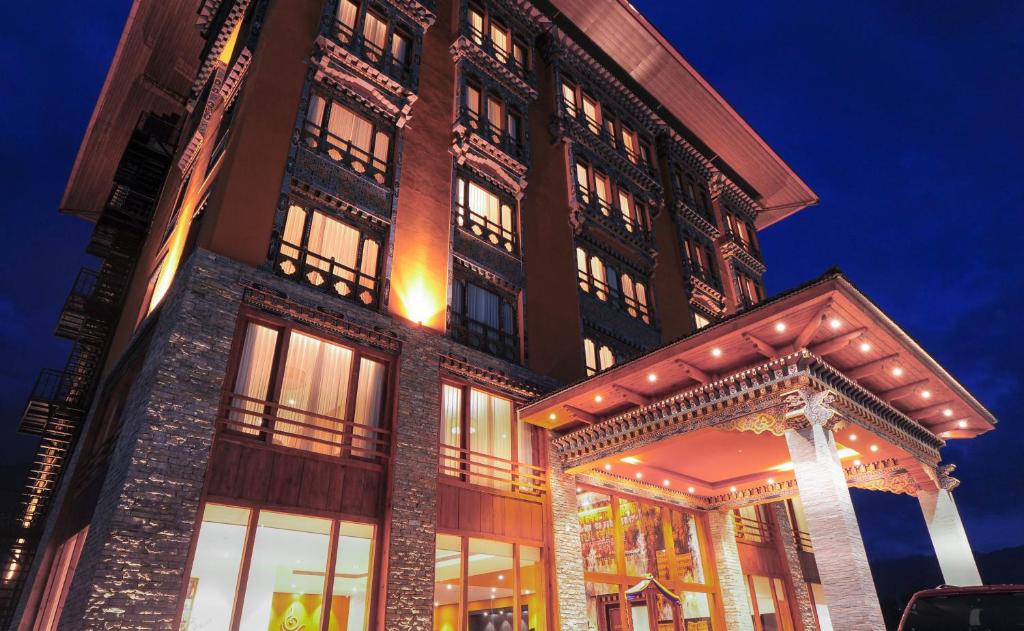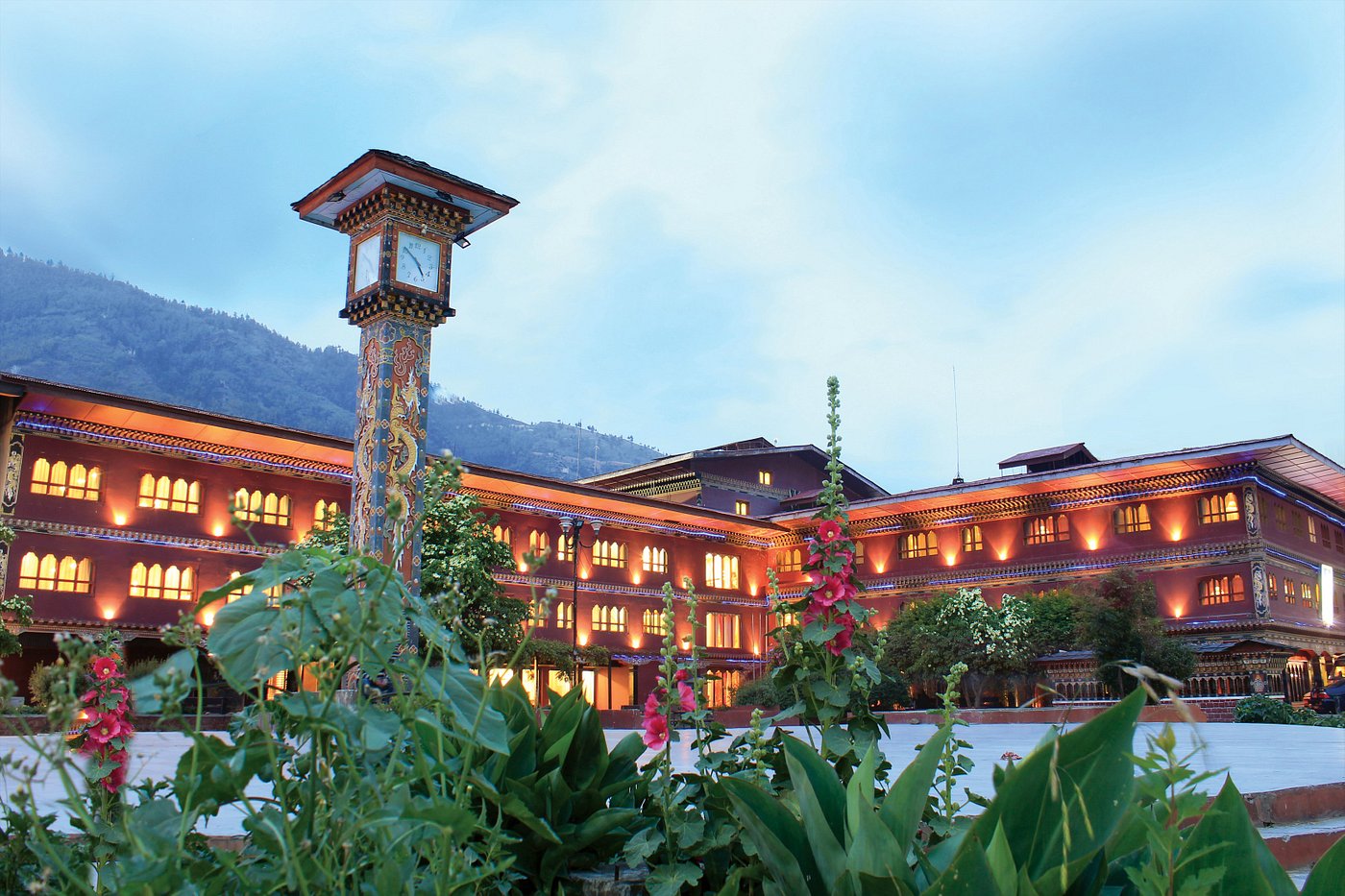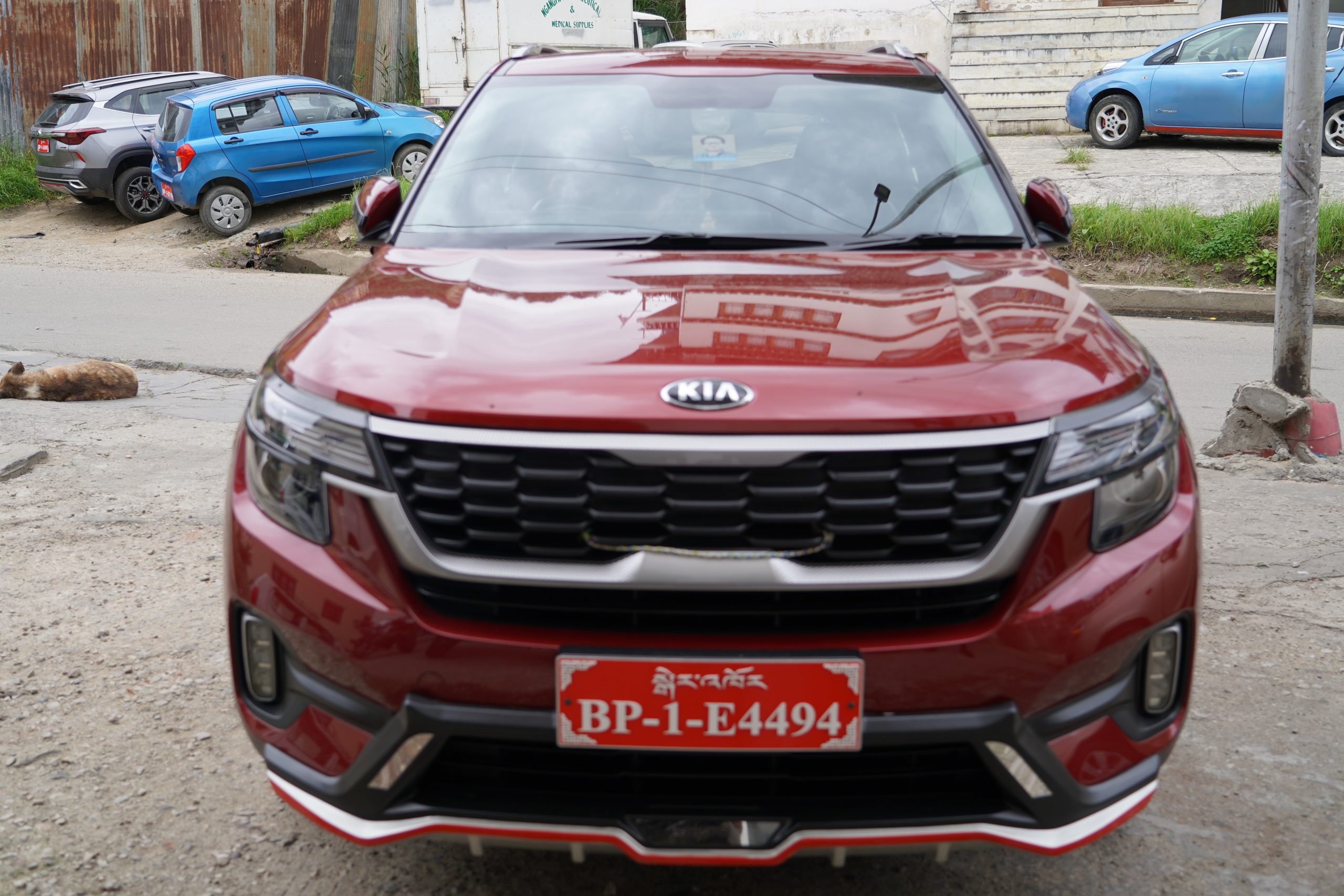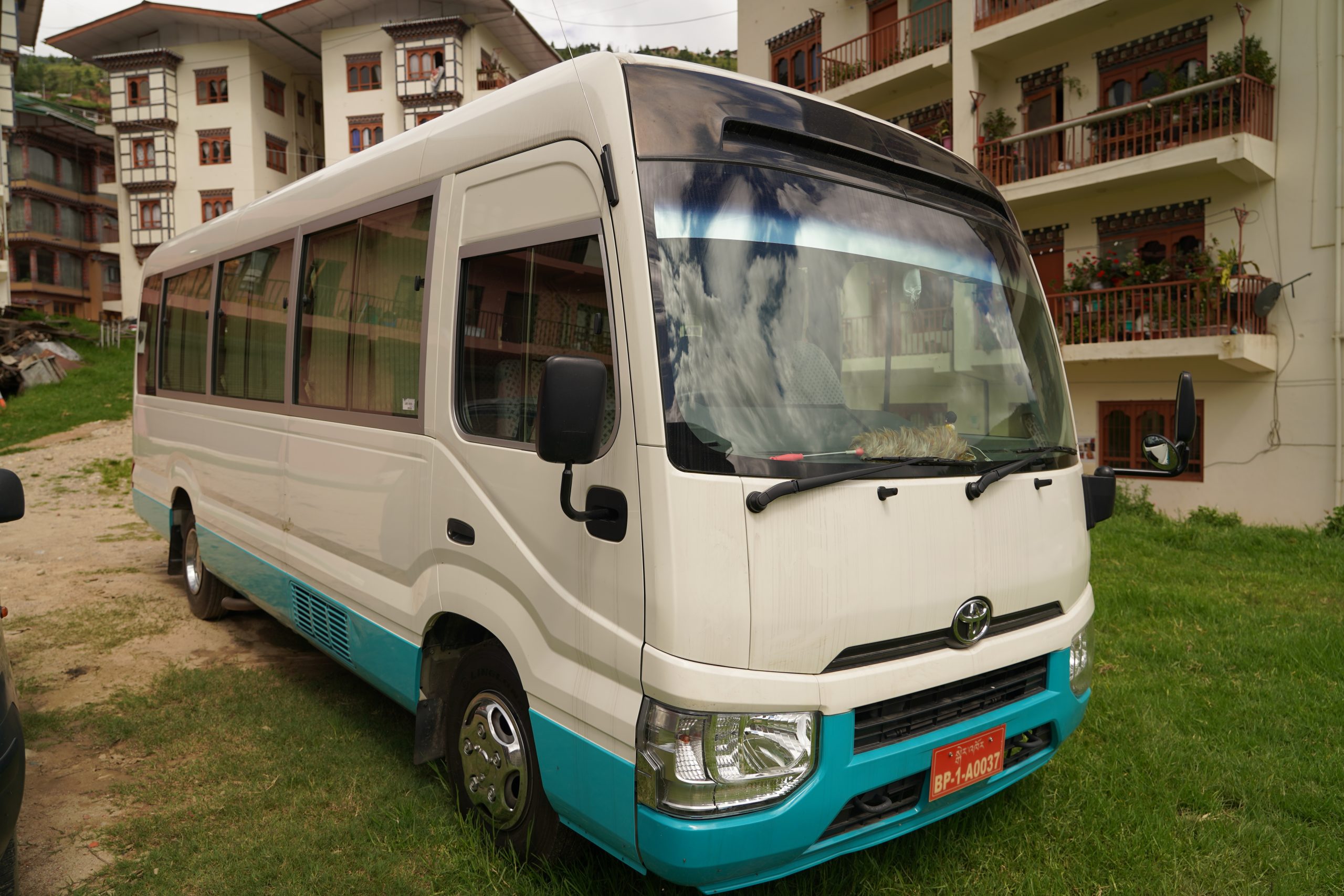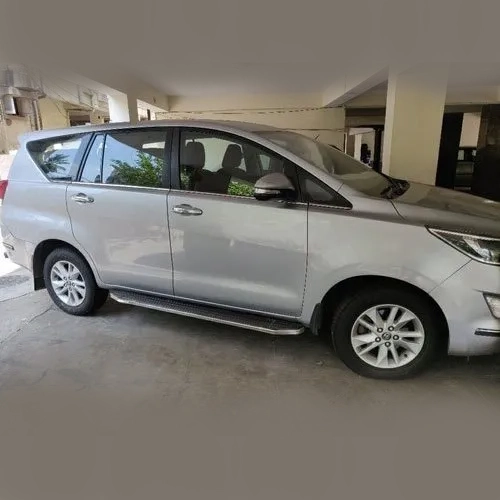- The treasures in Bhutan including Tiger’sLair(ParoTaktsang),BurningLake(BumthangMeberTsho), “CastleoftheVictoriousDrukpa”,(ParoDrugyelDzong)andviews of “Mountain Goddess” (Mt Jomolhari) but not limited to.
- LivingartsandcraftofBhutanstillpracticedintheCapital’sschool of craft.
Trip overview
This 11-day itinerary provides glimpses into Bhutan’s cultural, natural, and spiritual treasures. Traveling through iconic locations like Paro, Thimphu, Punakha,Wangdue,Trongsa, and Bumthang, the journey showcases Bhutan’s rich heritage through its sacred sites, breathtaking landscapes, and traditional arts, offering a well-rounded introduction to the country’s unique treasures.

Itinerary
Bangkok/Delhi/Katmandu/Dubai-Paro-Thimphu
After an unforgettable flight into Paro International Airport, where in you would have feasted on some of the wonders of the Himalayas, such as views of Mount Everest, Kanchenjunga and other famous Himalayan peaks, including Bhutan’s Jomolhari and MountJichu Drake, you will have a thrilling landing. At the airport, you will be received by representatives of our Company, who will escort you towards Thimphu the capital city of Bhutan after which your adventure of Bhutan will begin. On the way we will make a stop at Tamchoe Lhakhang, which is considered to be one of the residences of Thangtong Gyalpo, a famous Tibetan Buddhist master who visited Bhutan in the 14th century. He is also known by the name Chakzampa, the “Iron Chain Maker”, and is said to have built 58 iron chain suspension bridges in Tibet and Bhutan, several of which are still in use today, including one beside Tamchoe Lhakhang in this picture. The two-storied Tamchoe Lhakhang is said to house many holy items left by ThangtongGyalpo. It is said that if you can visit Tamchoe Temple, Kyichu Temple, and Lhading Temple in one day, then you will be liberated from samsara through the power of the large sculptures housed at each temple.
Overnight at hotel.

Explore Thimphu valley
The morning will be dedicated to sightseeing in Thimphu. Begin with a visit to the Memorial Chorten, a large stupa built in memory of Bhutan’s third king, JigmeDorjiWangchuck. Next, head to Buddha Point (KuenselPhodrang), home to the world’s largest seated Buddha statue, which offers sweeping views of the valley. Continue to the Arts and Crafts School, where you’ll see students creating traditional Bhutanese paintings and crafts. Afterward, visit Sangaygang, a viewpoint that provides a bird’s-eye view of Thimphu and its scenic surroundings. Following this, explore the Takin Preserve, where Bhutan’s national animal, the takin, is protected. After lunch, visit the National Library, which houses ancient manuscripts, followed by the Folk Heritage Museum, which provides a glimpse into Bhutanese rural life. Conclude the day with a tour of TashichhoDzong, the central secretariat building and seat of the government. This impressive structure houses the Throne Room, the King’s office, several government ministries, and the living quarters of the Chief Abbot and senior monks.
Overnight at Hotel.


Thimphu – Punakha/Wangdue
Taking about threehours, the drive from Thimphu which traverses thorough a constantly changing landscape of veg- etation, waterfalls, flowers, mountains and meadows. After a 45 minutes’ drive, we will stop at the popular Dochula pass (3,100m), from where on a clear day, we can see the entire eastern Himalayan range, comprising snow-capped mountains with heights ranging from 6000m to 7554m. Apart from its wealth of extremely beautiful flowers, the 108 Buddhist stupas exquisitely built around a mound adds to the grandeur of the place, the Druk Wangyel Chorten.
The journey forward from the pass descends to the sub- tropical valley of Punakha, which served as Bhutan’s capital in the past and holds some of the country’s most priceless treasures, especially Buddhist relics. The Punakha Fortress is an architectural masterpiece and resembles a gigantic ship on an ocean floor from afar, and girdled by two (Male and Female) rivers. It was the capital of Bhutan until 1955 and is still home of the Chief Abbot in winter months.
PunakhaDzong, built in 1637 by ShabdrungNgawangNamgyal has played prominent role in civil and religious life of the Kingdom. Destroyed four times by fire and an earth- quake in 1897, the Dzong has been now fully restored in its original splendour. On the way to Punakha, we will hike for about 45 minutes round trip to the monastery of DrupaKuenley, “Divine Madmonk,” named Chimi Lhakhang which was built in the 15th century. After the visit to Dzong we will take a short stroll towards the Suspension Bridge and have a photography Session.
Overnight at the hotel.

Punakha/Wangdue – Trongsa
Early in the morning, we’ll begin our drive to Trongsa via Wangduephodrang, crossing the Pele La Pass (alt. 3,300m), a traditional boundary between eastern and western Bhutan marked by large prayer flags. The drive, taking around an hour, offers scenic mountain views. En route, we’ll stop at Chendbji Chorten, an 18th-century Nepalese-style stupa built by Lama Shida, notable for the eyes painted at its four cardinal points.Before starting the drive, we’ll embark on a 45-minute hike to Khamsum Yulley Namgyal Chorten, winding through picturesque fields to a vantage point offering stunning, bird’s-eye views over the Punakha Valley. The peaceful surroundings make it a rewarding stop.
Overnight at the hotel.
Trongsa -Bumthang
After breakfast walk by TrongsaDzong, built by Shabdrung in 1647. Another majestic architectural masterpiece and once ancient Bhutan’s capital, it is very historic and every King, before ascending the Throne must, as the Crown Prince serve as the Penlop (Governor) of Trongsa.
We will also visit the Ta Dzong (watch tower) and then drive to Bumthang which is about 3 hours. 29 Kms from Trongsa we reach the Yutong La pass (alt. 3,400 m) and after a further 13 kms drive, the road enters into a wide, open and cultivated valley known as Chumey valley. On arrival in Bumthang, check into a hotel. Overnight at the hotel.
Bumthang
One of the most sacred regions in the Kingdom, Bumthang valley is a blend of the abstract and concrete with innumerable legends surrounding the area.
You will be visiting Kurje Lhakhang where the Great Indian Saint Guru Padsambhava subdued a local demon and left his body imprint on a rock. The other is Jamphel lhakhang, which was built in the 7th century by SongstenGoembo, the Tibetan Buddhist King. JakarDzong (the fortress of white bird) built in the 17th century by Tenzin Rabgay (the fourth Desi) is another famous landmark.
You will also be visiting, Tamshing lhakhang built in 1501 by Terton Pema Lingpa (the founder of religious treasures). Kuencho sum lhakhang and Membertsho (the flaming lake) are other places. Legend has it that Pema Lingpa discovered several religious text from the lake.
Overnight at the hotel.
Bumthang – Trongsa – Gangtey / Phobjikha
After breakfast proceed to Gantey/Phobjikha via Trongsa. The approach to Phobjikha valley is through a forest of Oak and Rhododendron. Phobjikha is one of the few glacial valleys in Bhutan and chosen home of black necked cranes which migrate from the central Asiatic Plateau to escape its harsh winters.
Overnight at a hotel.
Gangtey / Phobjikha – Wangdue – Thimphu- Paro
After breakfast, we’ll explore Phobjikha Valley, visiting the Crane Center to learn about the region’s black-necked cranes. Then, we’ll take a short walk along the Gangtey Nature Trail, followed by a visit to Gangtey Monastery. Afterward, we’ll drive to Paro via Wangduephodrang.
Overnight at hotel.
Paro
We will visit Kyichu Monastery, one of Bhutan’s oldest, built in 659 A.D. by the Buddhist Tibetan King Songsten Goembo. A short drive from there will take us to the ruins of Drugyel Dzong (”Castle of the Victorious Drukpa”), which was built to commemorate the victory of Bhutanese forces over the Tibetans in the 16th and 17th centuries. You will also visit the National Museum and Paro Rimpong Dzong. You can take a stroll of the town after which you can call it a day.
Overnight at hotel.
Paro – Takstang monastery hike
One of Bhutan’s holiest shrines and an amazing structure that crosses all boundaries of architectural masterpiece, Taktsang (Tiger’s Lair) monastery is perched some 1000m/3000ft on a cliff overlooking a valley. It is said that the legendary Indian saint, Guru Padma Sambhava, flew from Tibet on the back of a tigress to tame five demons, who were opposing the spread of Buddhism in Bhutan in 746 A.D. Taktshang monastery is the ultimate pilgrim site for all Buddhist, especially in Bhutan.
The hike to the monastery takes about 5 hours (up and down), and follows an ancient path marked by river powered prayer wheels.
Delhi/ Bangkok/ Katmandu
After early breakfast, we drive to the airport for flight to onward destination.
Cost Details
Cost includes
- Accommodation on twin sharing.
- Full board meals as stated in the itinerary.
- All tours and transfers in private coach.
- English speaking guide.
- Entrance fee to monument as per the itinerary.
- Bottle of drinking water during tour on daily basis.
- Bhutanese cultural show including mask dance.
- Government SDF and other taxes.
Cost exclusion
- Travel insurance.
- Beverages.
- Expenses on personal nature.
- Tipping for guide and driver.
Trip gallery
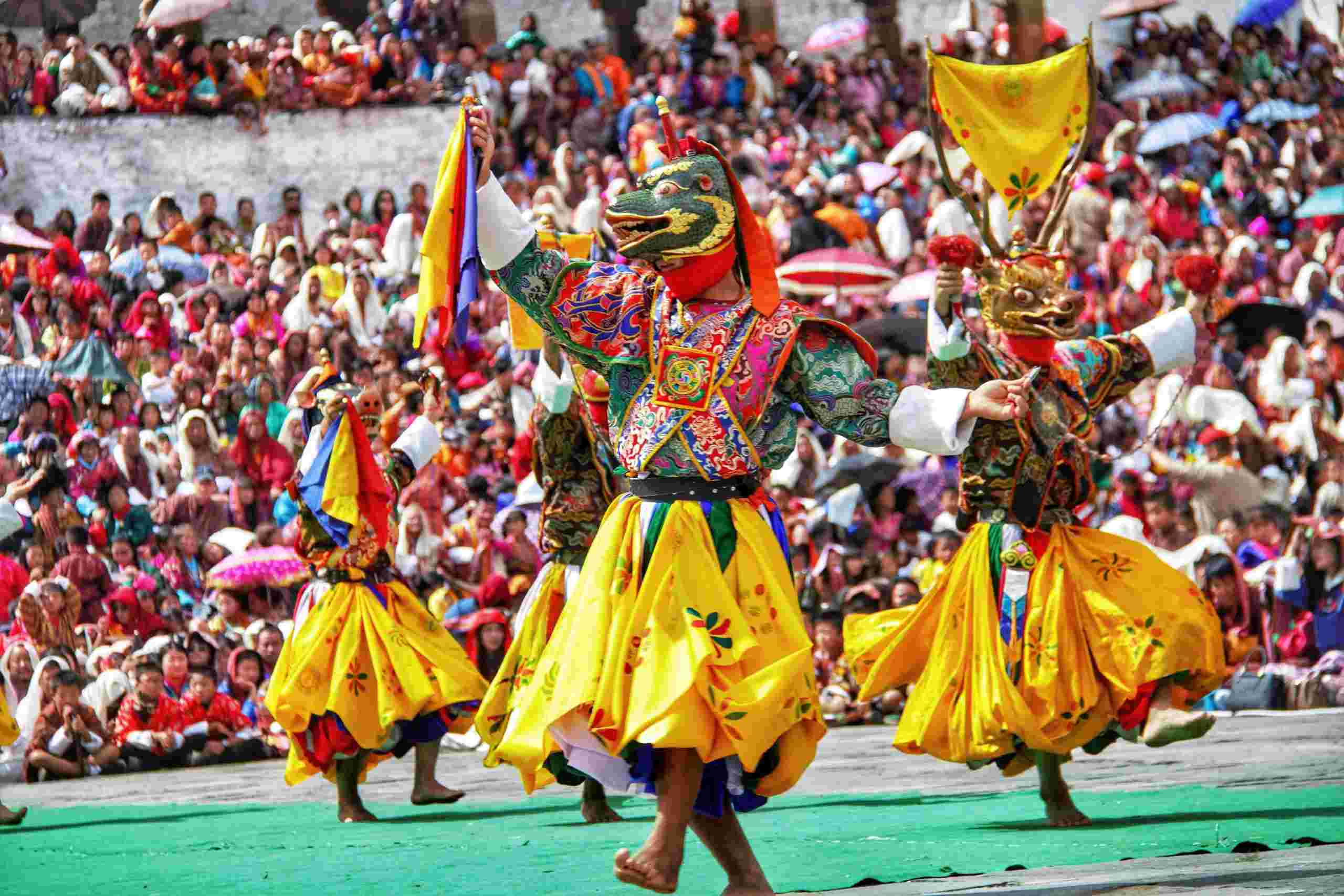
View
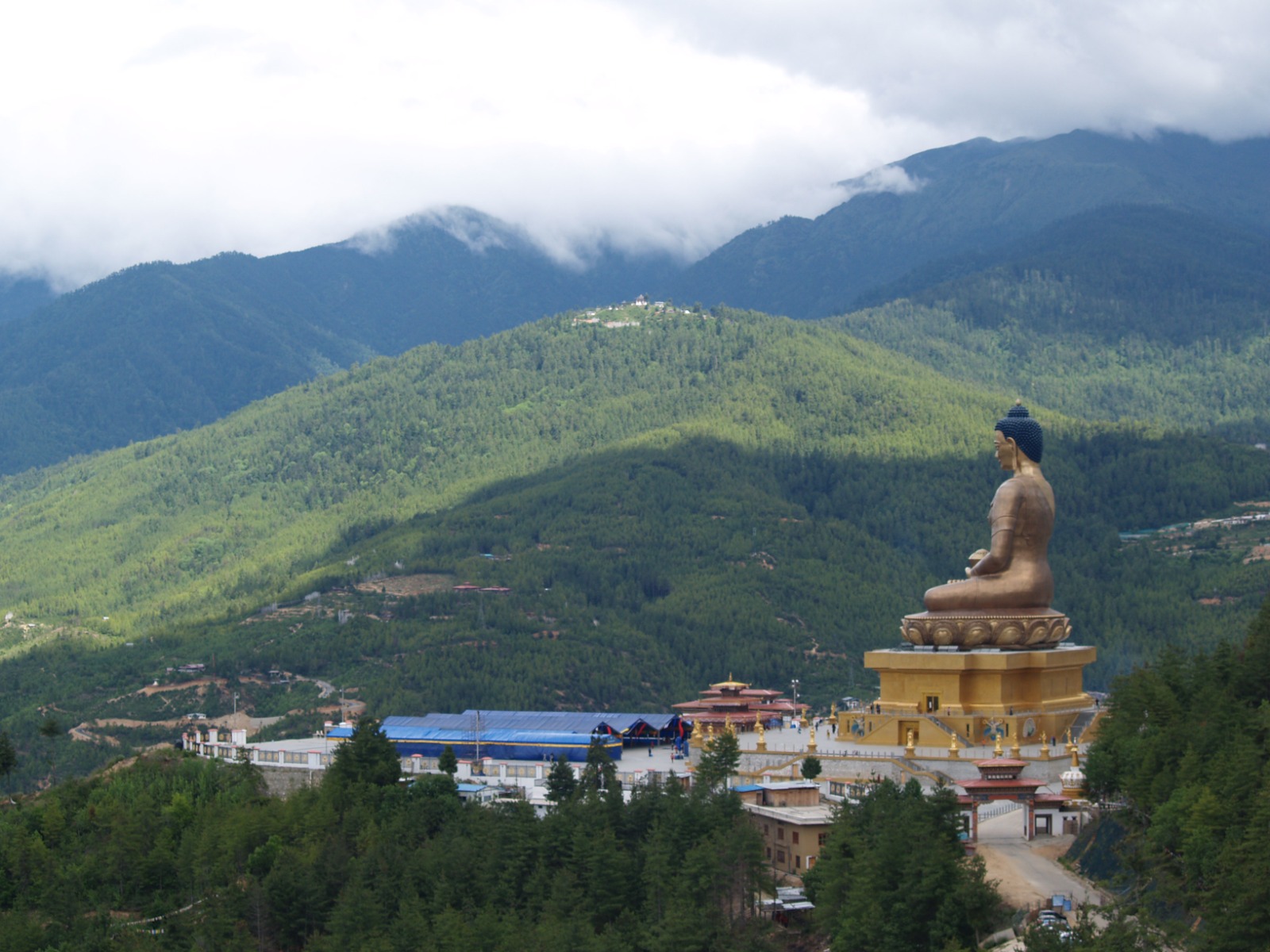
View
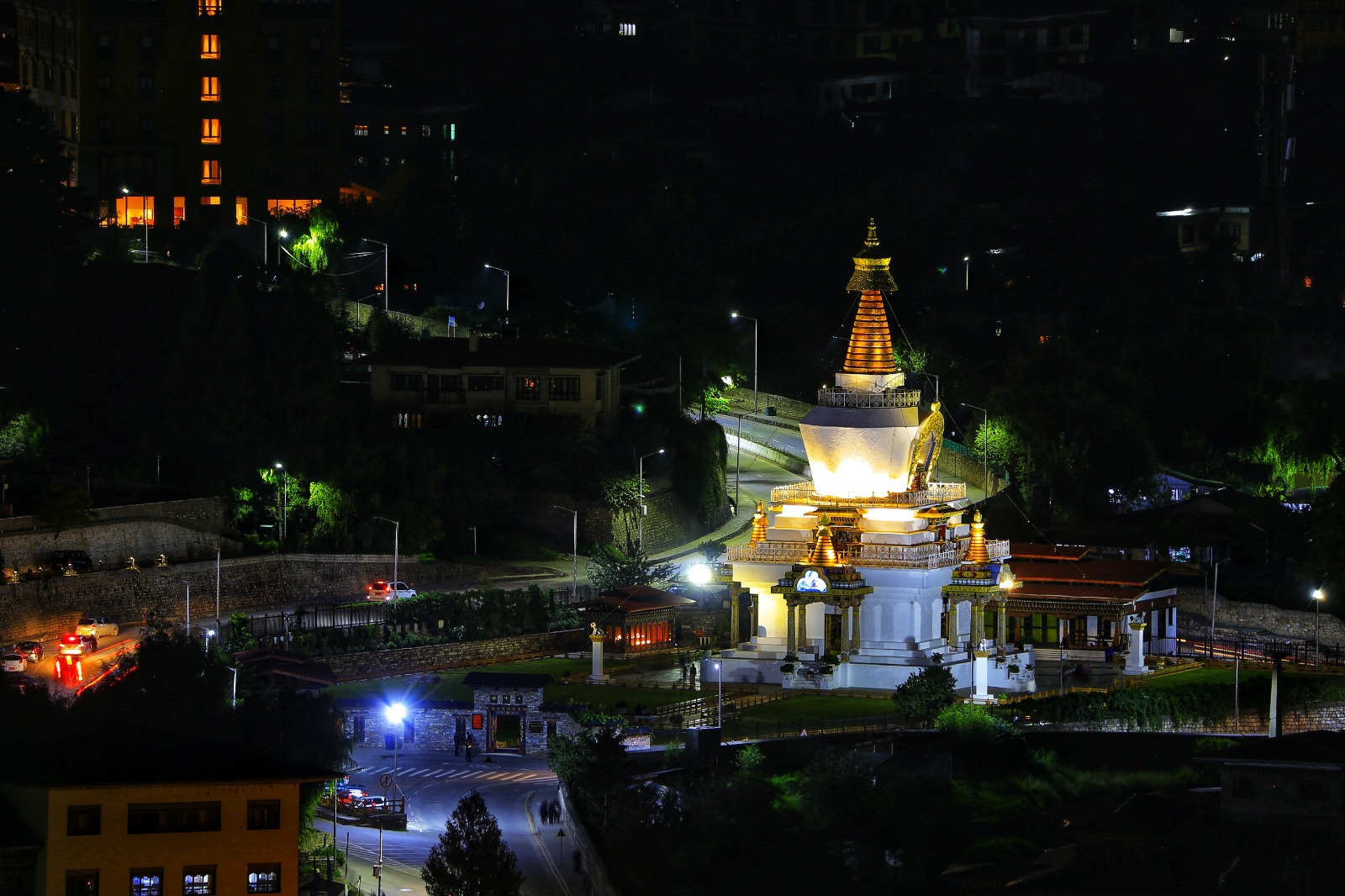
View

View
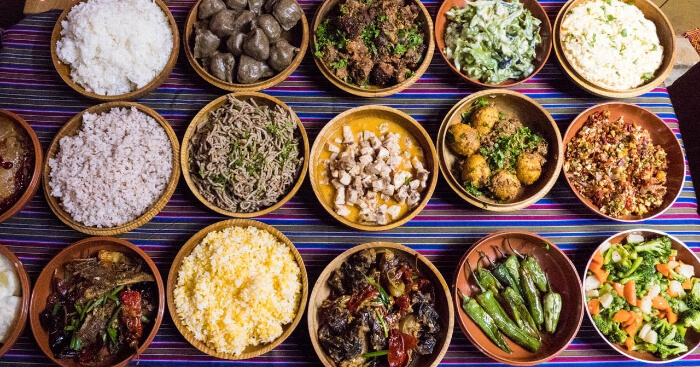
View

